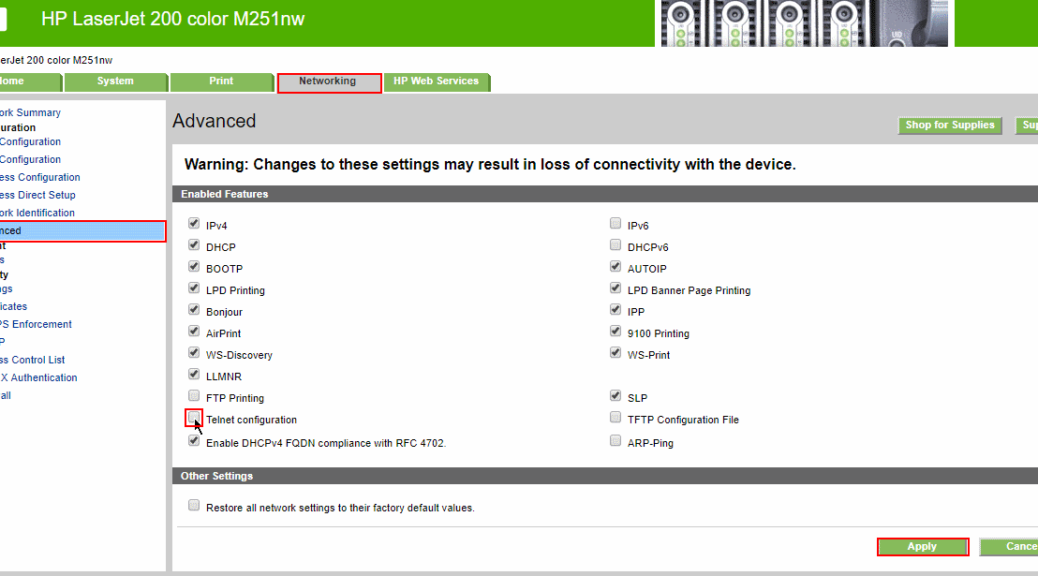

The only problem is the nagging login that you have to get through… it doesn’t show up right away. All you need to do is something like this: (echo commandname echo anothercommand) | telnet 192.168.1.1 It’s surprisingly easy to script a set of command and pipe them into the telnet application. We’re going to assume you have access to the bash shell, whether that’s in your normal OS, or if your OS (Windows) doesn’t have bash, you might have to install Cygwin. But who wants to do all that typing every time? Scripting Telnet through the Terminal (OS X or Linux or Cygwin on Windows) Once you type the command at the prompt, you’ll be disconnected, and the router will be rebooted.
/how-to-reset-a-router-remotely-5185305-4-e304227ba32b48e990c3278143a3cbef.jpg)
For Verizon FIOS, the option I was looking for was in the system sub-section, and was aptly titled “reboot.” You have to actually type “system reboot” and not just “reboot” though. Once you’re in there, you can usually type the help command to see what the options are. To connect, just type this, substituting the IP address for your own router’s IP if necessary (though most are set to use the 192 range) telnet 192.168.1.1 If you’re using Windows, you’ll probably have to enable telnet. Make sure to click Apply.Īt this point you can easily use telnet from the terminal or command prompt to connect to the router. For the Verizon router, that required going into Advanced -> Local Administration and making sure “Using Primary Telnet Port” is enabled.
#HOW TO USE TELNET TO REBOOT ROUTER HOW TO#
The first thing you’ll want to do is figure out how to enable telnet on the router.

You’ll need to check your router administration panel and see how the options work on there. Note: you can probably do the same thing with a router that isn’t Verizon.


 0 kommentar(er)
0 kommentar(er)
